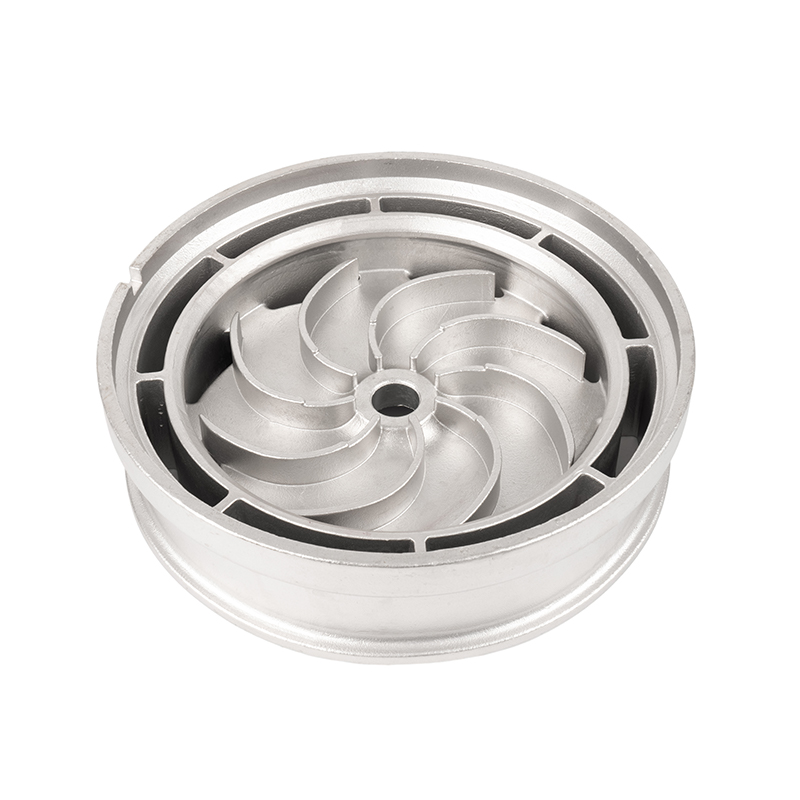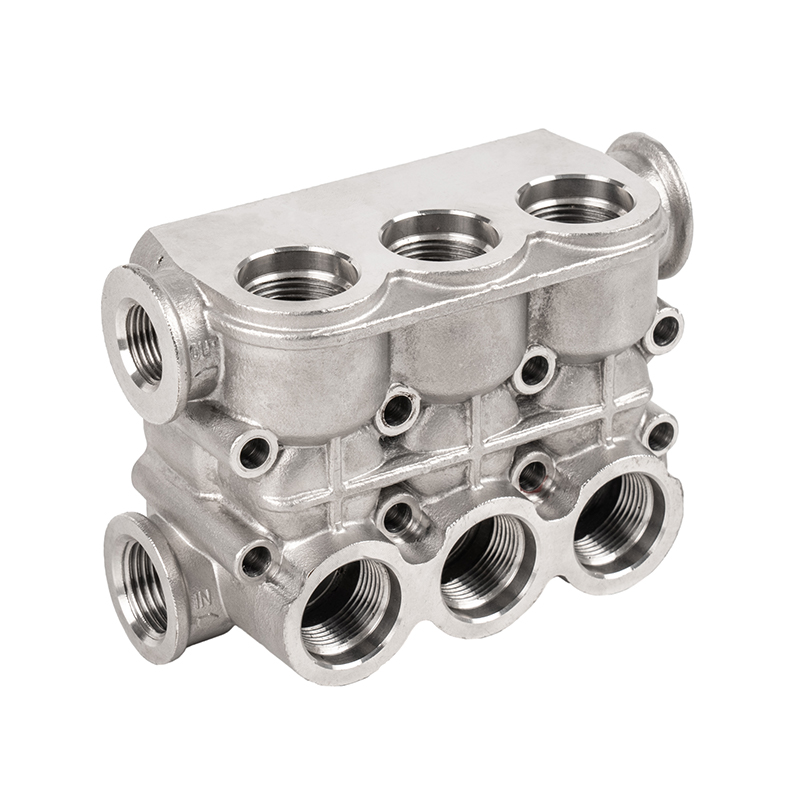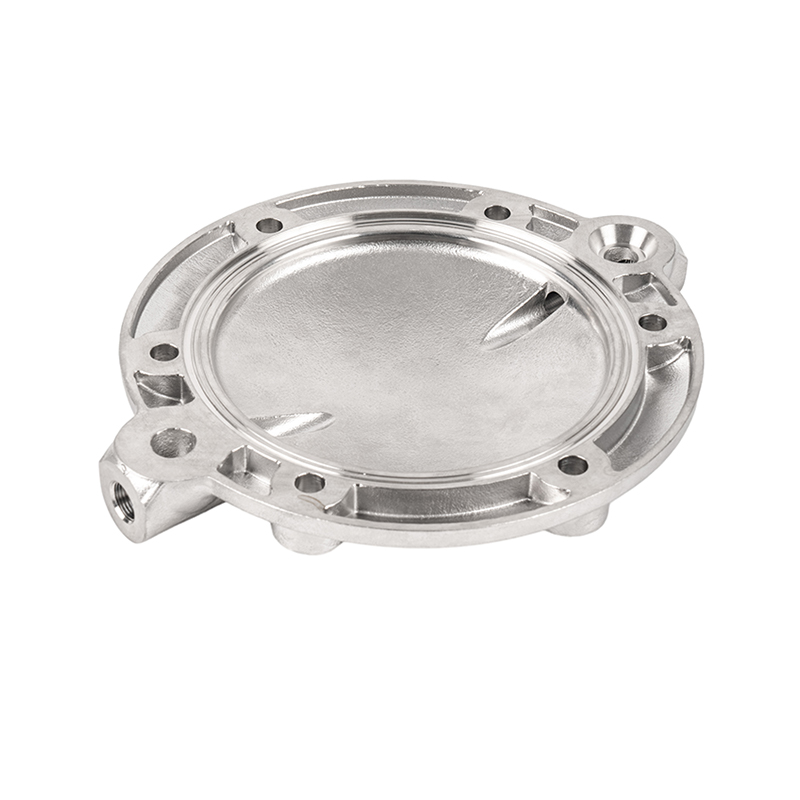Methods to prevent cracks in castings.
During the casting production process, cracks are likely to occur near the inner gate or outer edge of the casting, resulting in an increase in the casting rejection rate and seriously affecting the quality of the casting and the economic benefits of the enterprise. So, how to prevent cracks in stainless steel castings?
1. Use of cold iron.
Place cold iron at local small hot spots where cracks are prone to occur (such as where the body and the flange are inert) to accelerate the solidification speed there, weaken the sequential solidification strength, and achieve simultaneous solidification in a small area, which is beneficial to reducing hot cracking and shrinkage. Loose defects. It is worth noting that cold iron has the function of refining grains and improving the local high-temperature strength of castings. It is used in the casting production of cast steel three-way valves. It can make the local formation of simultaneous solidification principles under the overall sequential solidification principle, which is beneficial to Preventing the occurrence of thermal cracking and shrinkage.
2. Achieve rapid pouring.
Fast pouring, short filling time, less heat dissipation of molten steel, and more uniform temperature are beneficial to reducing thermal stress, and inclusions, gases, etc. are also easy to float. In the production of stainless steel castings, the following process solutions should be adopted:
(1) Use large holes to design the cross-sectional area of each component to ensure large flow, low speed, smooth and clean filling throughout the pouring process;
(2) 2 Use a low-position pouring ladle to fill it with a large flow, and maintain a certain ratio between the liquid level height (h) of the sprue cup and the diameter (d) of the sprue (i.e. h>6d) to prevent slag and gas from being involved cavity;
(3) To prevent gas from being involved in the molten steel or choking during pouring, sufficient exhaust holes should be drilled in the upper box to allow the gas in the cavity to be discharged smoothly. The total area of the exhaust holes should be much larger than the cross-section of the sprue. area.


 English
English Español
Español русский
русский 中文简体
中文简体

















